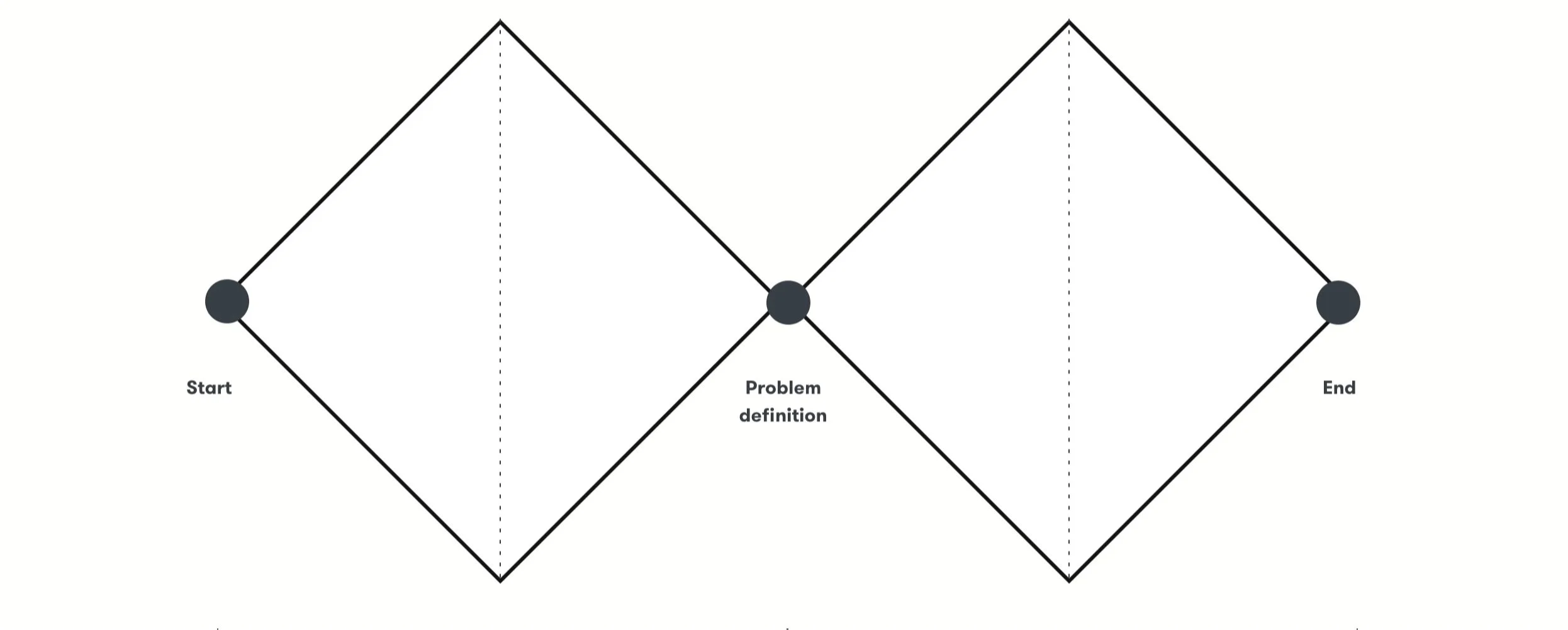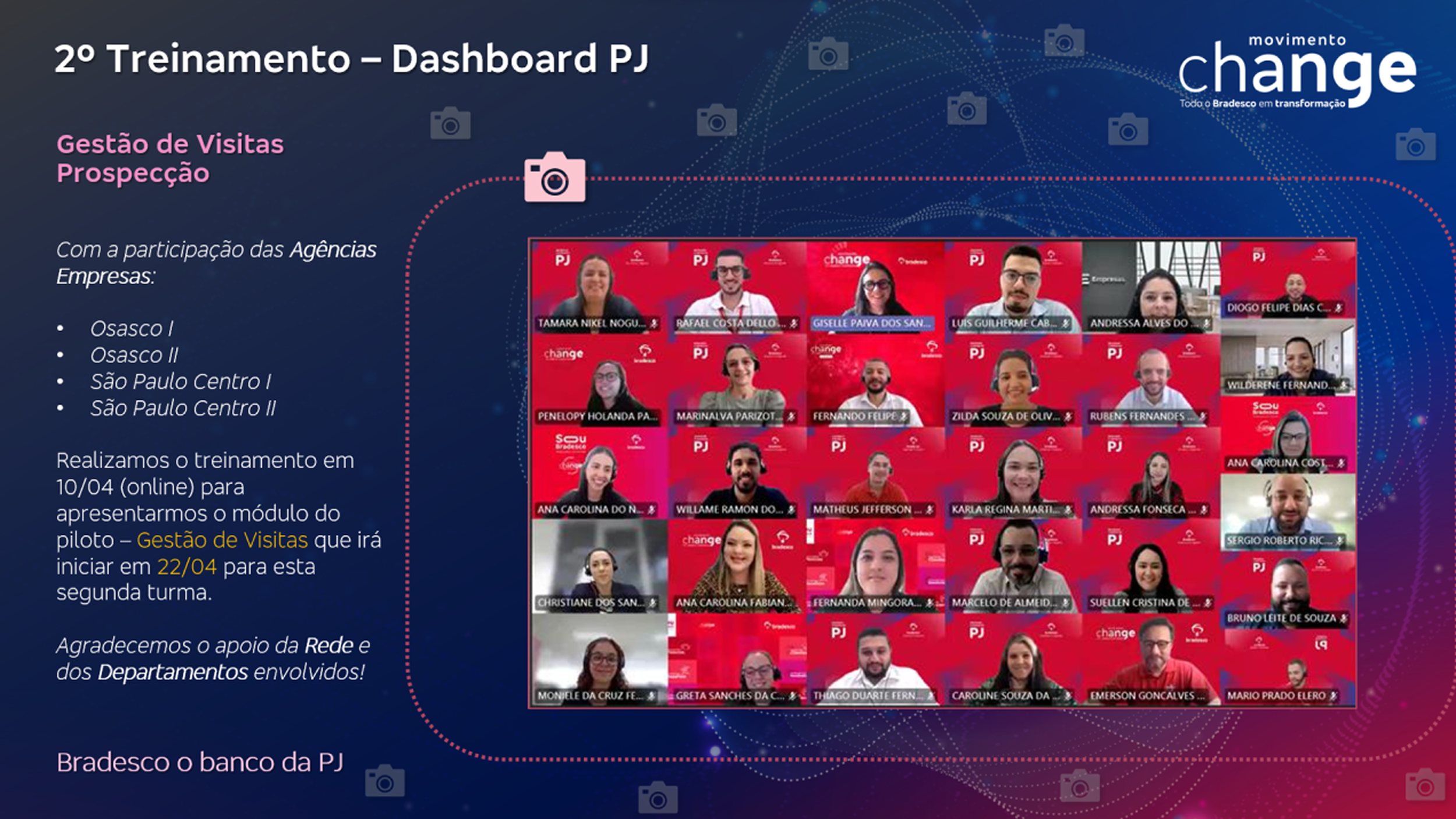Business
Journey
Client
Bradesco Bank
Industry
Financial
Role
Senior Content Designer
Year
October, 2024 - Today
Project OverviewContext
Bradesco, one of the largest banks in Latin America, identified the need to modernize its internal systems to better support managers in prospecting and managing corporate clients. Previously, managers relied on over 100 disconnected tools, which created inefficiencies and complicated daily workflows.
To address this, Bradesco partnered with BCG (Boston Consulting Group), which defined Salesforce as the strategic front-end platform for several business segments.
For the corporate segment, Salesforce provided CRM (Customer Relationship Management) templates and structure, with the primary goal of unifying all tools into a single, centralized platform. Adopting Salesforce standards also helped control costs, as customizations beyond the templates incurred additional expenses.
My role
I was hired by Deeploy as a Mid-Level Content Designer, initially responsible for the Individual client journey, as the first UX Writer dedicated to this product.
After one year, I was promoted to Senior Content Designer and joined the Corporate client journey, using my experience to integrate Bradesco’s content standards into Salesforce templates and ensure a consistent voice across both dashboards.
My main focus was clarity, consistency, and accessibility across the Business Dashboard journey. I adapted content to Salesforce’s predefined framework, balancing Bradesco’s voice — natural, fluid, efficient, direct, friendly, and universal — with platform requirements, while applying the bank’s established writing guidelines.
Objective
The challenge was to develop a Business Dashboard for corporate managers handling clients with monthly revenues above R$100k. The system needed to centralize client information, simplify workflows, and support managers in meeting business goals, while adhering to Salesforce UI and content standards.
UX Strategy & ProcessIn collaboration with a team composed of Product Designers, Product Managers, Product Owners, Salesforce developers, and Bradesco stakeholders, we applied the Double Diamond framework to align business goals with real manager needs.
This included mapping customer journeys, designing flows, and closely coordinating across all disciplines.
Step 1 - Product DiscoveryTo understand managers’ workflows, pain points, and Salesforce parameters, we conducted:
Interviews with 14 managers in collaboration with Bradesco’s research team, mapping workflows and daily needs.
Personas representing different manager profiles — branch manager, assistant manager, and management manager — aligning business objectives with real user journeys.
Salesforce Site Map mapping to understand system architecture, existing writing and design patterns, and platform parameters.
Controlled vocabulary development from interview transcriptions, serving as a foundation for writing and understanding terms and acronyms managers already used, including translations and English terms.
Step 2 - Definition“How might we create a integrated and intuitive dashboard that centralizes all tools, preserves Bradesco’s standards, and respects Salesforce technical constraints while avoiding extra customization costs?”
Step 3 - Ideation methods in UXUser journey and wireframes
During ideation, we co-created user flows, wireframes, and decision trees, simplifying end-to-end journeys by reducing steps and eliminating unnecessary screens.
I collaborated closely with Product Designers, Product Owners, Salesforce developers, and stakeholders to ensure technical feasibility and business alignment.
Content Writing: Accessibility
Accessibility was a core pillar of our work. From a content perspective, we prioritized clear, concise, and scannable text, avoiding jargon and enabling managers to quickly understand key actions.
In partnership with the design team, we applied Bradesco’s accessibility guidelines for color contrast, visual hierarchy, and font sizes, ensuring legibility across devices and usage contexts. We also adopted inclusive language principles, avoiding biased terms and maintaining consistency for all manager and client profiles.
By aligning microcopy, terminology, and visual design, we created experiences that were not only consistent but also accessible and user-centered.
Content Writing: Writing for Bradesco, but following Salesforce standards
A key challenge was working within Salesforce’s technical standards. While Bradesco had the Liquid content guide, Salesforce templates often limited what could be edited in terms of design, content, and user journeys. Any customization was costly, so we had to adapt writing while preserving the bank’s voice.
I created a detailed guide outlining which Liquid standards could be maintained and where adjustments were necessary, specifying the location and reason for each restriction. I collaborated with Design Ops to integrate this guidance, ensuring future UX Writers could apply the same standards and maintain consistency across all dashboards.
As the first UX Writer for the Dashboard managers, I also acted as a bridge between individual and corporate dashboards, ensuring consistent language and a seamless user experience. Since Salesforce uses the same “objects” structure for both, aligning terminology and messaging across dashboards was essential.
Additionally, we developed a controlled vocabulary, continuously updated through follow-up interviews, to maintain clarity, consistency, and a user-focused tone across all dashboard modules.
Since October 2024, the team has delivered multiple dashboard journeys in iterative sprints, each producing high-fidelity screens and integrated UX Writing content. Key deliveries include:
Portfolio overview
Client profile
Actions and opportunities
Mobile and desktop visit management
The work continues iteratively, with ongoing updates to content, screens, and components, ensuring the platform evolves alongside manager and business needs. All work is delivered in close collaboration with the Salesforce development team, including handoffs and continuous user research.
Impact:One unified platform replacing over 100 disconnected tools
800+ high-fidelity screens
330 components
33% faster task completion
Cross-dashboard consistency (Individual + Corporate)
Step 4 - DeliveryTeam
Design
Flavia Foiato - Content Designer
André Guedes - Product Designer
Brenda Mascarenhas - Product Designer
Customer Journey - Ana Carolina Abreu
Larissa Fiorentin - UX Researcher
Stakeholders
Emerson Maria - CRM Manager
Paloma Imperial - Product Owner
Penelopy Holanda - Product Owner
Engineers
Luiz Pimenta - Bradesco Developer











